Have you ever tried listing vegetables that start with M? This topic covers many wonderful vegetables with pleasant flavors and diverse culinary applications that will take your cooking to the next level.
From ordinary mushrooms to exotic mashua, there are countless possibilities you can realize with them. These exciting M-named foods will certainly add more freshness and beauty to your meals.
My 16 recommendations are all about leaf vegetables, stems, and tubers. For each entry, I will delve into its origin, taste, texture, culinary uses, and other important facts.
After telling you about these well-known 16 vegetables that start with M, I will move on to a few M-named fruits that you should know about.
16 Fantastic Vegetables That Start With M With Filter
This guide contains 16 tasty vegetables with M at the start of their name. To explore these options more easily, you can use the interactive filters given below.
Such filters work with labels like exotic vegetables, fruit vegetables, vegetables for dishes, and vegetables for garnish.
Mushroom
- For Dishes
Mushroom is a type of fungus characterized by their unique cap-and-stem form. Although it isn’t really a plant, people often classify this type of food as vegetables.
Edible mushrooms are available in many terrains and climates around the world, offering a meaty, umami flavor. However, toxic mushrooms (known as toadstools) are a danger.
Famous mushroom varieties include white button mushrooms, oyster mushrooms, cremini, portobello, shiitake, and enoki. These varieties can be cooked in many ways, such as stewing, braising, roasting, or stir-frying.
Mange Tout
- For Dishes
Mange tout, or mangetout, is a common name for both snap pea (sugar snap pea) and snow pea. These two edible-podded pea varieties are widely cultivated in the temperate regions of many continents.
The term “mange tout” means “eat all” in French, indicating that both the pod and the peas inside are edible.
Typical mange tout consists of flat, bright green pods that encase tender, undeveloped peas. These legumes are crispy, crunchy, grassy, and sweet.
Mange tout is ideal for many culinary uses, from raw additions in salads to a crunchy ingredient in stir-fries, steamed sides, or lightly sautéed dishes.
Marrow
- For Dishes
- Fruit Vegetables
Marrow is essentially a fully grown zucchini or courgette and shares its family tree with squash, melons, and cucumbers. It is technically a fruit but is mostly classified as a vegetable in culinary terms.
This summer squash has an elongated shape and soft, edible skin. Its spongy and mildly sweet flesh is excellent at absorbing stronger flavors, such as spices, herbs, meat, and other vegetables.
Marrows are often harvested when they are 6 to 12 inches long. Originating in the Americas, this fruit vegetable is now a staple in gardens and kitchens around the world, particularly in Europe and North America.
Many people add marrows to soups, stews, casseroles, and sautéed dishes. You can also hollow out marrows and add fillings to make stuffed dishes.
Mung Bean
- For Dishes
- For Garnish
Mung bean, or green gram, is a legume originating from India. It is widely used in making soups, stews, salads, and sandwiches throughout Asia, Africa, and South America.
Mung beans are small, round, and green in color, offering a mildly sweet taste. They should be soaked in water carefully before being cooked to achieve a soft, tender consistency.
This type of green bean is among the most popular ingredients for germinating sprouts.
Malabar Spinach
- Exotic
- For Dishes
Malabar spinach, also known as vine spinach or Ceylon spinach, is a leafy vegetable native to South Asia. Nowadays, it is present in various cuisines in tropical regions.
The dark green leaves of Malabar spinach are thick and heart-shaped, offering a mild, spinach-like flavor. Its succulent texture makes this vegetable ideal for stir-fries and soups.
Malabar spinach is easy to grow and can tolerate high heat, making it an ideal option for home gardening.
Malabar Gourd
- For Dishes
- Fruit Vegetables
Malabar gourd is a squash variety originating from the Americas. While its fruit is the most consumed part, its leaves and stems are also edible.
You may encounter Malabar gourds under many different names, including chilacayote, Asian pumpkin, fig-leaf gourd, and black seed squash.
A normal Malabar gourd has a large, round shape with a green exterior and a white, fleshy interior. Its mild and refreshingly sweet taste is suitable for both sweet and savory dishes, including stews and desserts.
Mustard Greens
- For Dishes
Mustard greens are a globally popular leafy vegetable with a cultivation history spanning thousands of years. They come in numerous varieties, hence the many different names, such as vegetable mustard, Chinese mustard, Indian mustard, and leaf mustard.
The tender leaves of mustard greens can range in color from green to purple. Their peppery flavor is perfect for sautéing, boiling, and steaming.
In many Asian countries and the US, people widely use mustard greens in salads, soups, and cooked side dishes.
Mizuna
- For Dishes
Mizuna, also known as spider mustard or Japanese mustard green, is a leafy vegetable from the mustard family. It is very popular in East Asia, especially in Japan.
Mizuna boasts long, slender leaves and a bright green color. Flavor-wise, this Japanese mustard green is mildly peppery and is a popular choice for salads, stir-fries, and soups.
Mizuna is a hardy vegetable that can withstand both hot and cold weather.
Moth Bean
- For Dishes
Moth bean is a legume native to South Asia and Myanmar. It is a drought-resistant crop that thrives in arid regions.
Moth beans are also known as dew beans and mat beans. The name “moth” stems from the Hindi word “mat” or “mote.”
This drought-resistant legume is small, brown, and has an earthy flavor. People often add moth beans to curries, soups, and vegetarian dishes.
Morel
- Exotic
- For Dishes
Morel, or true morel, is a premium mushroom originating from temperate regions across the Northern Hemisphere. It boasts a distinctive honeycomb appearance, with a conical shape and a pitted surface.
Morels range in color from pale cream to dark brown. Their meaty flesh is uniquely savory, earthy, and umami-rich.
French cuisine highly prizes morels and uses them in pasta, sautéd dishes, and sauces. To best experience this delicacy, you shouldn’t enjoy these mushrooms with alcohol or consume them in their raw form.
Molokhia
- For Dishes
Molokhia, also known as jute mallow or Egyptian spinach, is a leafy vegetable native to the Middle East. It is widely used in local cooking traditions as well as the cuisines of North Africa and East Asia.
The dark green leaves of molokhia release a viscous juice when cooked, creating a thick and slimy texture like okra. The vegetable is the base of many soups and stews, where it imparts a slightly bitter, spinach-like taste.
Mozuku
- For Dishes
Mozuku encompasses many types of brown seaweed in Japan, especially in Okinawa. It ranges from dark brown to greenish in color and comes in fine, thread-like strands.
Mozuku boasts a slimy texture and a mildly oceanic flavor with a hint of sweetness. Japanese people mainly use it in omelettes, soups, salads, stir-fries, and deep-fried snacks.
Like other types of seaweed, mozuku is low in fat and calories yet rich in fiber, vitamins, and minerals.
Mallow
- For Dishes
Mallow includes several species of leafy vegetables whose leaves are widely used in cooking. From the Mediterranean to Asia, many countries feature mallows in their food offerings.
Mallow leaves have a mild, pleasant flavor and a viscous texture when cooked. Salads, soups, and stews are popular dishes prepared with mallows.
Malanga
- Exotic
- For Dishes
Malanga is the Spanish name for taro, a tropical root vegetable native to Asia. This name is mainly used in Spanish-speaking countries, like those in Latin America.
Malanga has a rough, fibrous exterior and a creamy white to yellow interior. Its corm (fleshy underground stem) is the most consumed part.
Similar to potatoes, malanga has a nutty, earthy taste and a starchy texture. This vegetable appears in many soups and stews in Asian, Caribbean, Latin American, and African cuisines.
Malanga can also be roasted or boiled and mashed to serve as a versatile side dish.
Mashua
- Exotic
- For Dishes
Mashua is a tuber that originated in the Andes of South America. It is usually elongated and can be yellow, orange, or red.
Mashua has a slightly sweet and peppery taste that many people describe as a cross of cabbage and radish. The crunchy flesh can be stewed, simmered in soups, pickled, or grated and added to salads as a raw addition.
Mint
Mint is an aromatic herb and vegetable that originates from the Mediterranean region. Famous for its adaptability and easy cultivation, it thrives in moist, temperate environments and is primarily grown in the spring and summer.
Mint plants feature vibrant green, oblong leaves with serrated edges and a refreshing and cool flavor. This distinctive taste makes mint a popular addition to both dishes and beverages, such as salads, soups, baked goods, and cocktails.
Both fresh and dried forms of mint have many culinary applications. The most popular mint varieties include the sweet and delicate spearmint and the more robust peppermint.
After learning about vegetables that start with M, it’s a good time to discover fruits that also begin with this letter. Read on for more information about this topic!
What Are Popular Fruits That Start With M?
Here are a few M-listed fruits that many people around the world are familiar with.
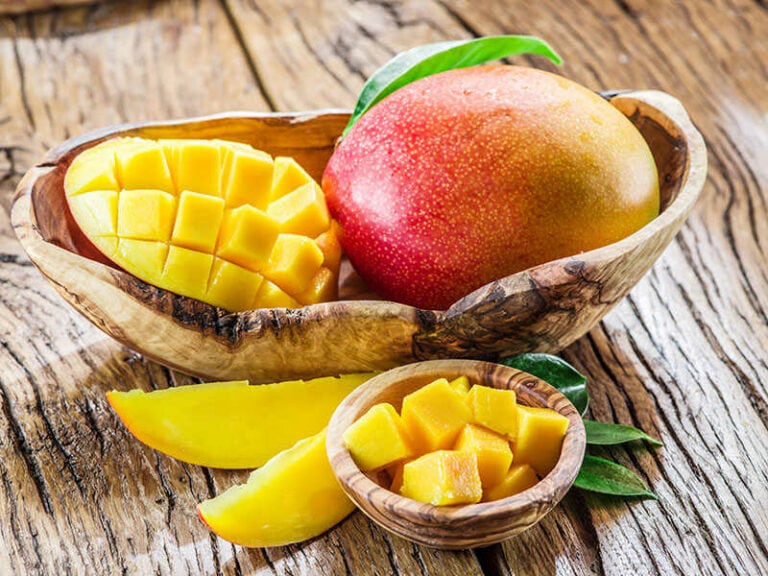
Mango
Mango is a globally famous tropical fruit of South Asian origin. It usually has a yellow-orange color with sweet and creamy flesh.
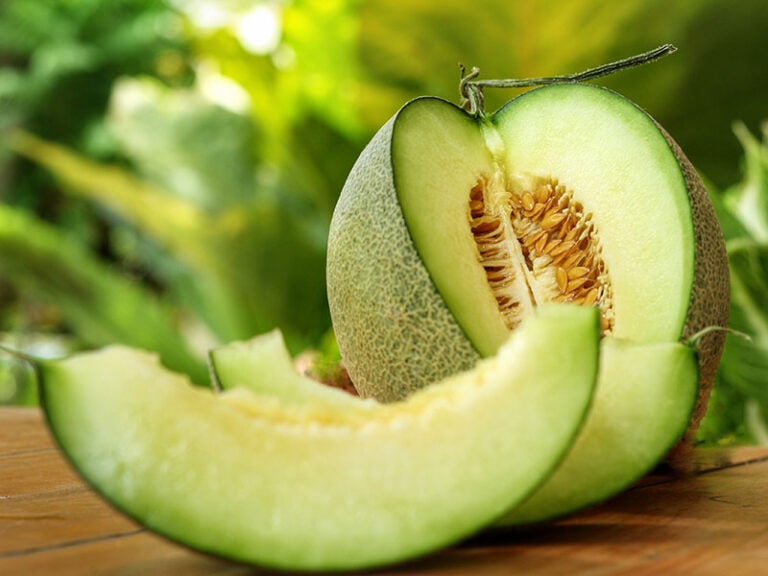
Melon
Melon is a berry fruit that is available in many varieties, such as watermelons and muskmelons. It is very diverse in terms of shapes, colors, sizes, and flavors.
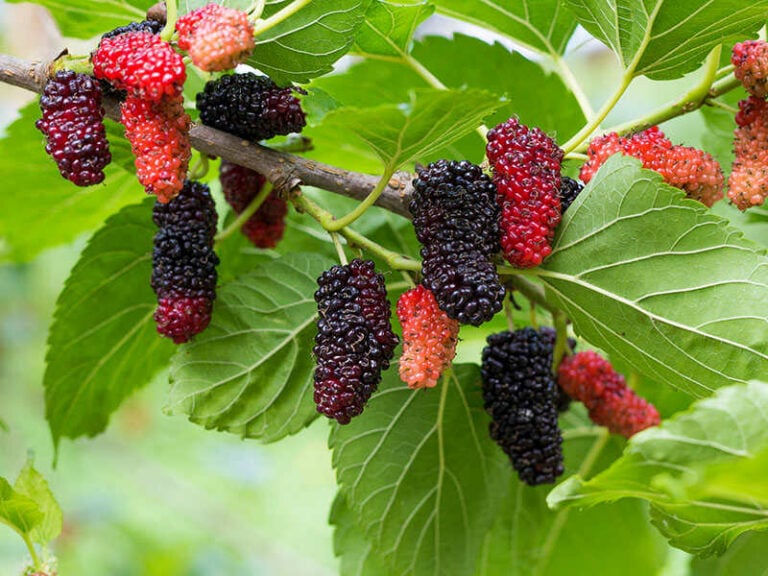
Mulberry
Mulberry is a juicy and sweet fruit that comes in three main varieties: white mulberries, red mulberries, and black mulberries.
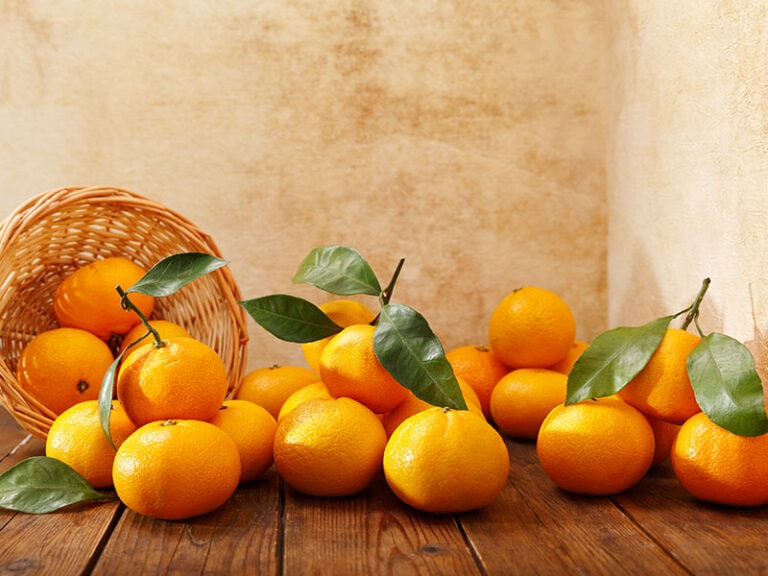
Mandarin
Mandarin, alternatively known as mandarin orange, is a Chinese and Southeast Asian citrus fruit with thin, easy-to-peel skin and sweet, aromatic pulp.
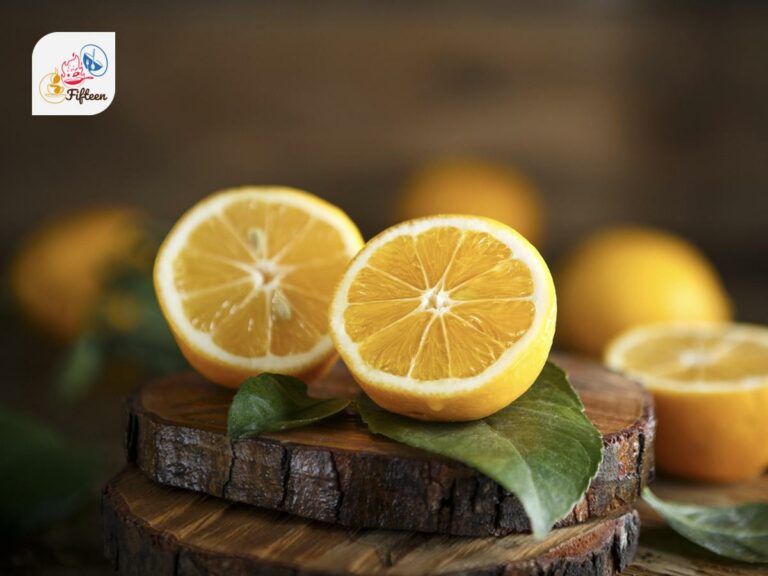
Meyer Lemon
Meyer lemon is a Chinese citrus fruit that resulted from a hybrid between the citron and a now-extinct mandarin or pomelo variety.
Are these fruits your cup of tea? If they are not, there are many other fruits with M at the beginning of their names that you can check out.
So, have you found your favorite M-named vegetables yet? How do you prepare them for your meals? Fill me in on everything in the comment section!
Before you go, don’t forget to share this post with your friend. If you want to know more about veggies based on letters, below list are A-Z choices to enrich your culinary knowledge.


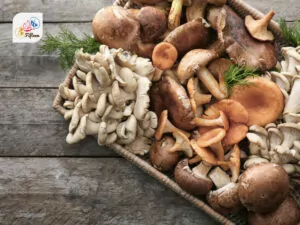
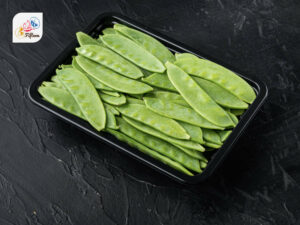
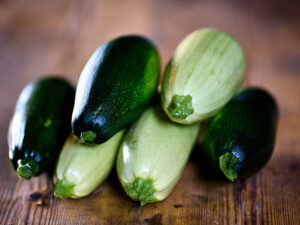
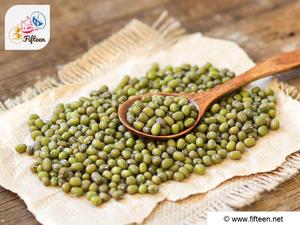
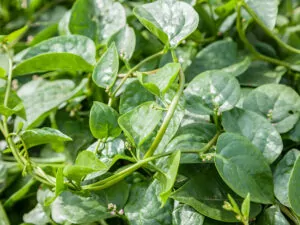
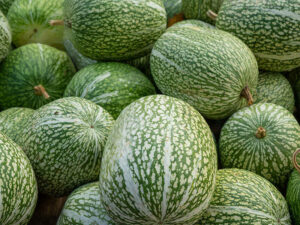
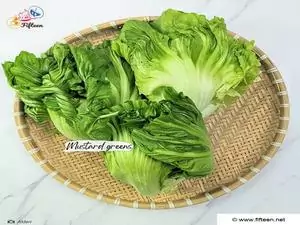
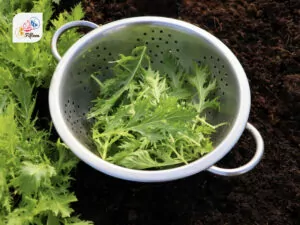
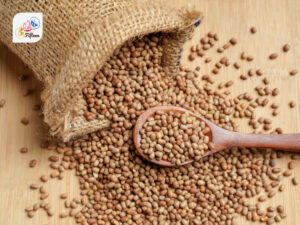
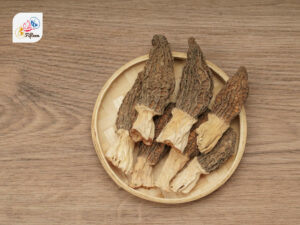
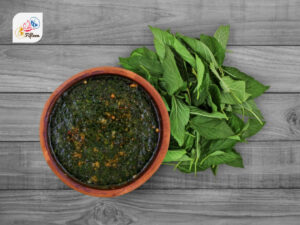
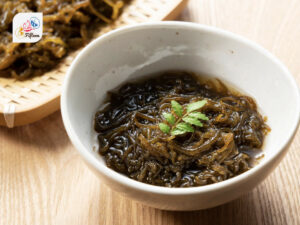
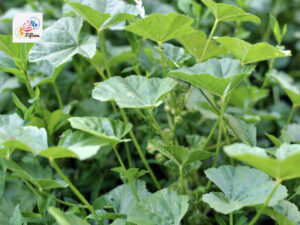
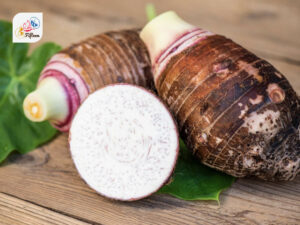
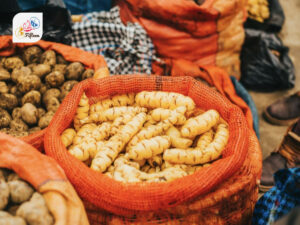
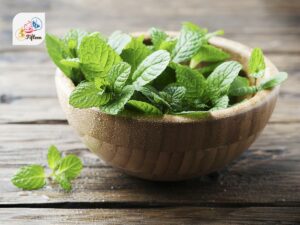

Jamie Scott
Editor in Chief, Senior Content Writer
Expertise
Home Cooking, Meal Planning, Recipe Development, Baking and Pastry, Food Editor, Cooking-video Maker, Western Food Evaluation Expert
Education
Le Cordon Bleu College of Culinary Arts
Local Community College, New York, NY
Jamie Scott is a skilled culinary expert and content creator specializing in Western cuisine. With over 15 years in the culinary field and formal training from Le Cordon Bleu, Paris, Jamie deeply understands how to blend nutrition with delicious flavors. His passion for cooking matches his commitment to making healthy eating accessible and enjoyable.
On Fifteen.net, Jamie brings a fresh perspective to classic dishes and beverages, offering readers insightful recipes, cooking tips, and a fresh view on meal planning that emphasizes taste, health, and simplicity.